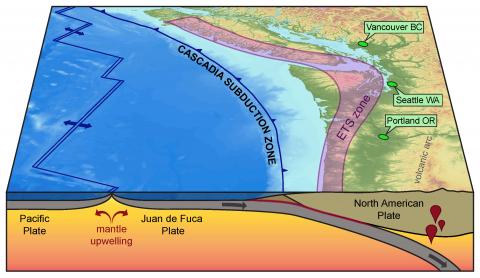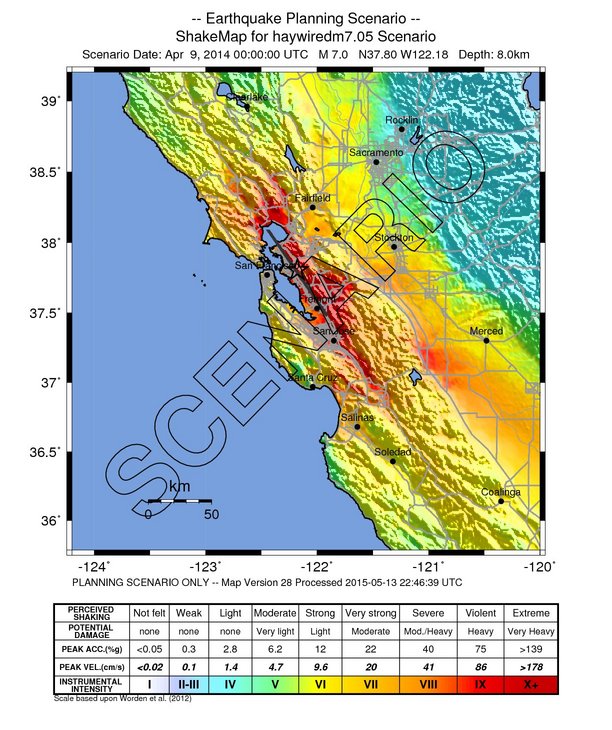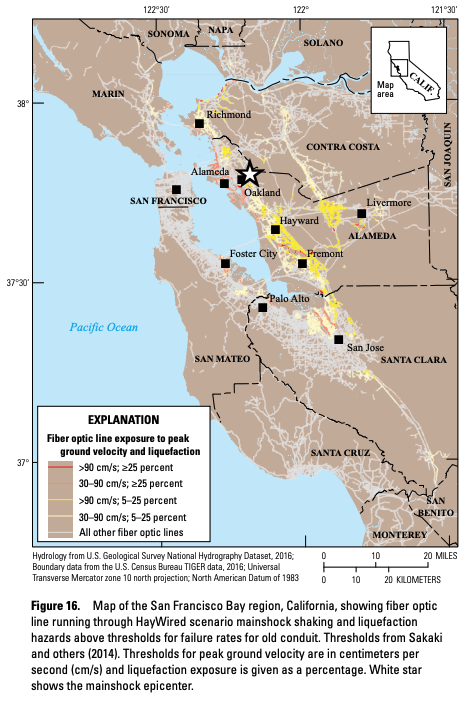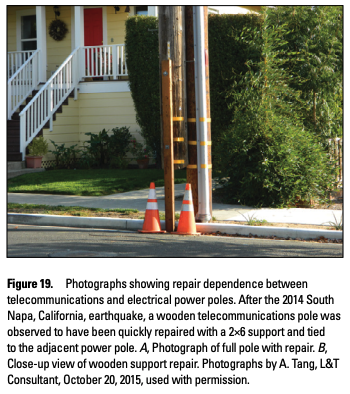What do subduction zones do? They do everything! They make earthquakes and volcanos and tsunamis. 😸
https://twitter.com/USGS_Quakes/status/1310620751142109195
When one plate slides under another, it sinks into the hotter parts of the Earth and starts a melting process. The melt floats up creating a line of volcanoes (called a chain or arc) like the Cascades volcanoes in California, Oregon, and Washington. 




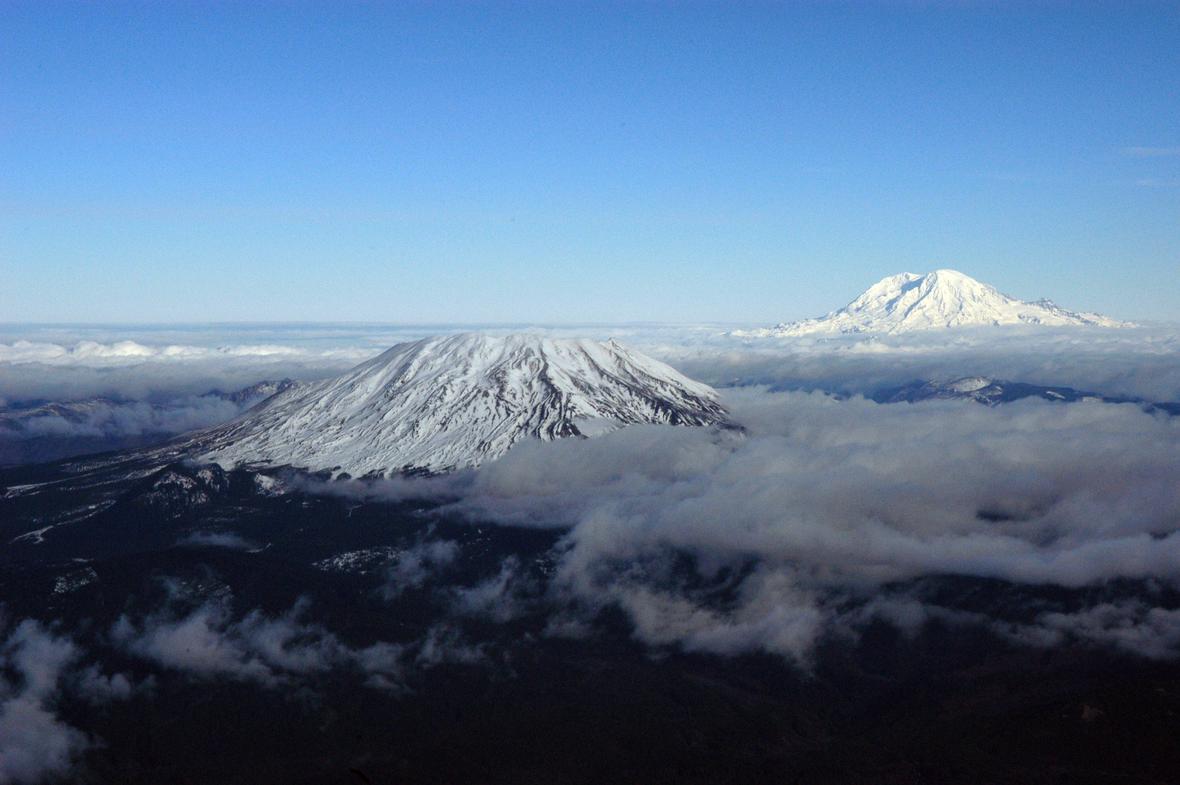
The process of sliding one plate under another creates earthquakes. When this happens underwater, if the conditions are right, the vertical motion can spawn a tsunami. 

Not all underwater quakes occur in subduction zones or have the vertical motion to make a tsunami. The Juan de Fuca plate subducts under N. America; but diverges from & slides past the Pacific plate via ridges and transform faults. This motion makes many quakes but not tsunamis. 



Another important ingredient for making tsunamis: water. A quake on land or one that’s deep down the subduction zone won’t make a tsunami even if it moves vertically. The 1954 Dixie Valley-Fairview Peak, Nevada, earthquakes had lots of vertical motion, but no water so no tsunami. 

Learn more about all the things that subduction zones do:
ow.ly/j3XL50BFLbU
ow.ly/tZ4g50BFLbV
ow.ly/3fla50BFLbW
@USGSVolcanoes
ow.ly/j3XL50BFLbU
ow.ly/tZ4g50BFLbV
ow.ly/3fla50BFLbW
@USGSVolcanoes
• • •
Missing some Tweet in this thread? You can try to
force a refresh






